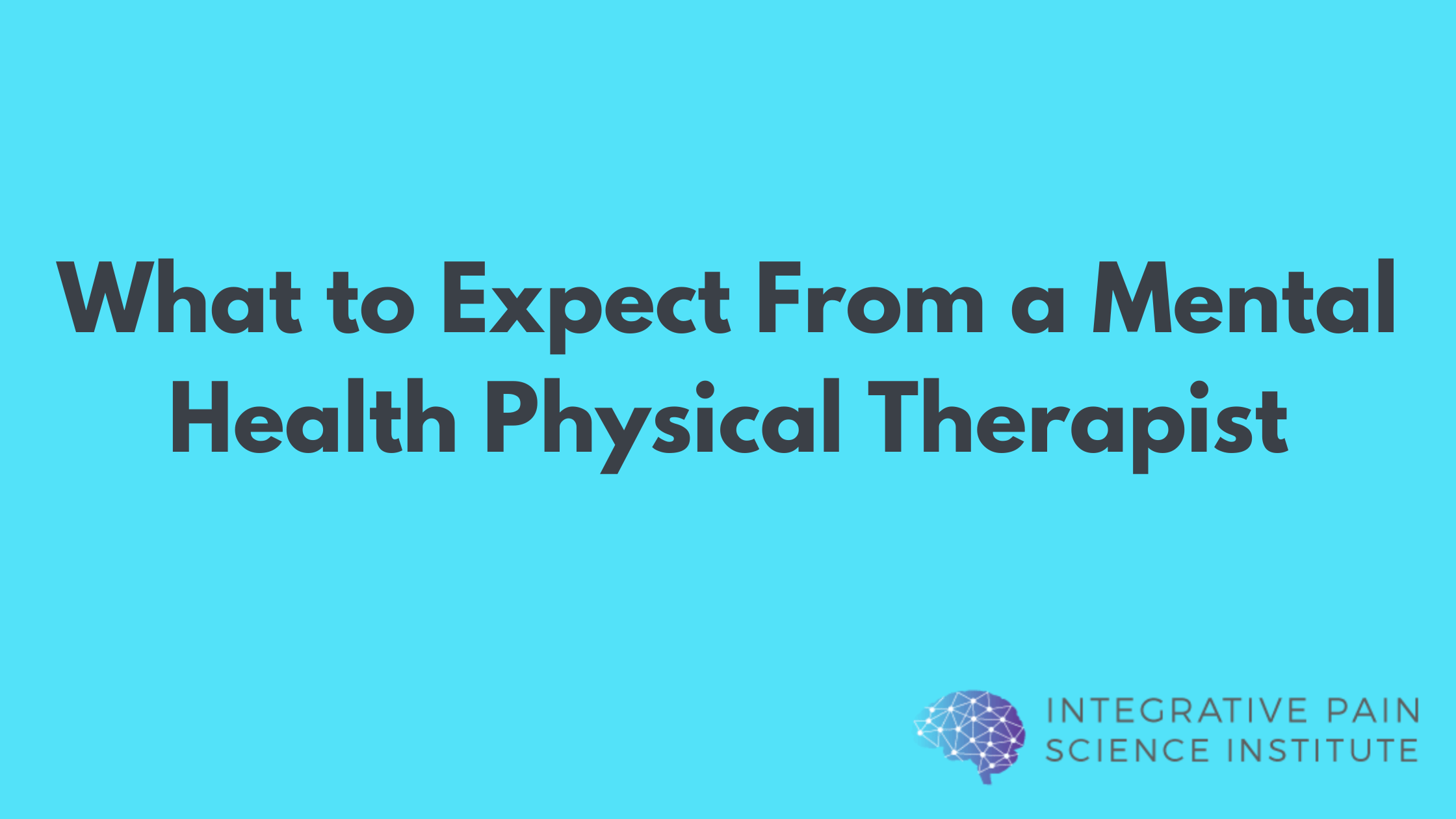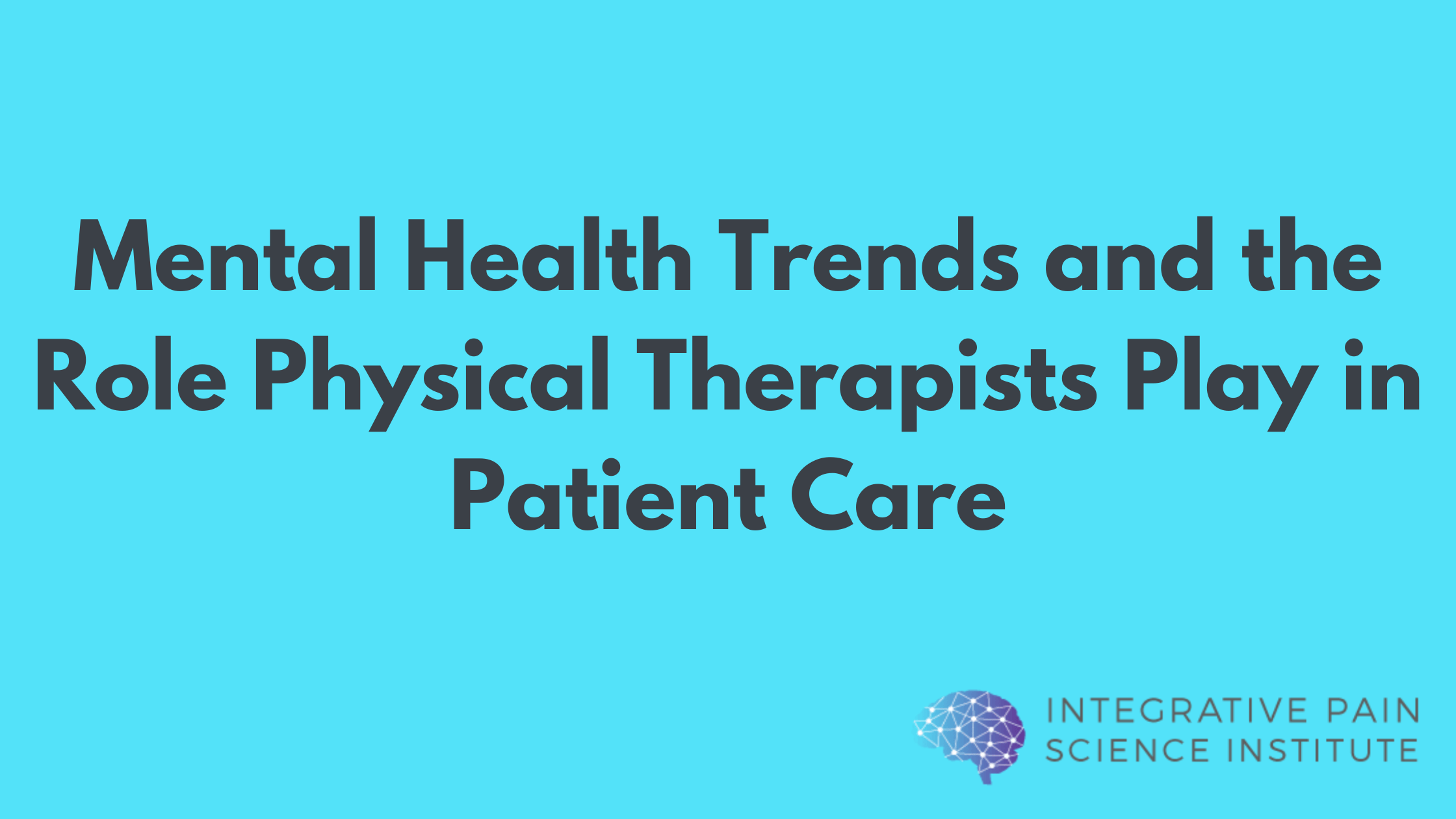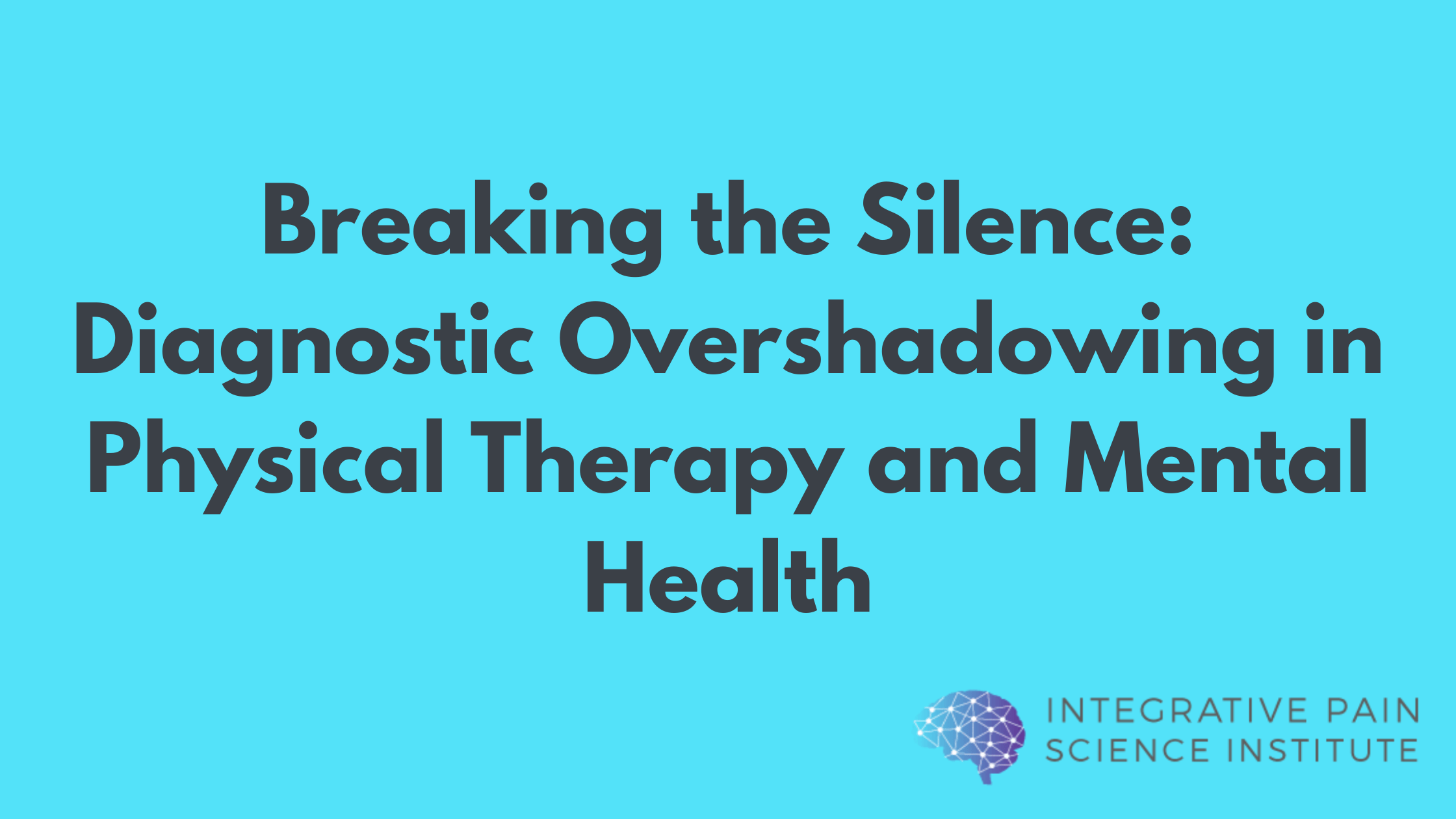Are patients with chronic pain on long-term opioid therapy more likely to be overweight? To what extent are chronic pain, nutritional deficiency, poor eating habits, and obesity related?
The field of nutrition has gained increased interest in medical circles over the last 20 years, as science continues to support the correlation between nutrition, diet and pain.
Higher consumption of fruits and vegetables has been shown to slow the progression of coronary heart disease while reducing the risk of various cancers, for example. (1,2) High-glycemic diets have been shown to influence the risk of chronic disease, and current research shows the benefits of an anti-inflammatory diet.(3,4)
This compelling evidence of how nutrition impacts key health metrics is paving the way for more intensive exploratory research, specifically within the realm of chronic pain care and pain science.
Chronic pain patients on long-term opioid therapy have been shown to be affected in three fundamental ways:
1) They tend to be overweight
2) They have nutritional deficiencies
3) They report poor eating behaviors.
Three Ways Opioids Affect Nutrition:
1. Patients on long-term opioid therapy tend to be overweight.
Research has shown the prevalence of excess weight issues and obesity in patients on opioid therapy to be as high 28% and 44%, respectively, and studies report a strong independent association between central obesity (excess weight around the midsection) and pain. (5,6) Both claims suggest a justifiable need for nutritional intervention.
2. Patients on long-term opioid therapy are nutrient deficient.
Approximately one-third of all male chronic pain patients and one half and nearly one-half of female patients have been reported to consume more than the recommended daily caloric intake. Meanwhile, they eat significant less than the daily amount of fruits and vegetables suggested by the American Heart Association, and absorb insufficient magnesium and vitamin D. (5) Research shows that the consumption of magnesium and vitamin D can positively impact chronic pain conditions, such as fibromyalgia, migraine headaches, low back and general musculoskeletal pain. (4,7)
3. Patients on long-term opioid therapy may have poor eating habits.
While the “good” or “badness” of one’s eating habits can be relatively subjective, most would agree that consuming foods high in added sugars (those not derived from fruits), excess saturated fat, sodium, caffeine, additives and aspartame (an artificial sugar substitute) is not ideal, even for the general pain-free public. Yet, research shows these habits are prevalent among chronic pain patients on long-term opioid therapy. (5)
Dr. Tatta’s simple and effective pain assessment tools. Quickly and easily assess pain so you can develop actionable solutions in less time.
The Relevance of Nutrition for Pain Care
A general increase in chronic pain cases has incited more exploratory research into nutritional science, as healthcare providers strive to assist their patients in finding relief from pain. This effort has led to the development of studies whose findings suggest that dietary interventions may be of therapeutic value in chronic pain management. The fact that obesity among people with chronic pain has shown to affect its longevity supports the need for further research in this area. (7,8)
Simple dietary adjustments, such as starting a basic vitamin regimen, or receiving some guidance and education on foods that have an anti-inflammatory effect , may be all that is needed to encourage patients to make small changes that would yield notably positive effects!
Better understanding of the nutritional habits and predispositions of our clients places us in a unique position to support our patients’ goals of an enhanced quality of life.
Does your experience as a practitioner lend support to these findings? Patients stand so much to be gained with simple dietary interventions or considerations– is it time for nutritional insight to be integrated into treatment protocols?
Click here to learn how to use nutrition to treat chronic pain!
REFERENCES:
- Joshipura KJ, Hu FB, Manson JE, et al. The effect of fruit and vegetable intake on risk for coronary heart disease. Ann Intern Med 2001;134:1106–14.
- Riboli E, Norat T. Epidemiologic evidence of the protective effect of fruit and vegetables on cancer risk.Am J Clin Nutr 2003;78:559S–569S.
- Barclay AW, Petocz P, McMillan-Price J, et al. Glycemic index, glycemic load, and chronic disease risk–a meta-analysis of observational studies. Am J Clin Nutr2008;87(3):627–37.
- Rosanoff A, Weaver CM, Rude RK. Suboptimal magnesium status in the United States: are the health consequences underestimated? Nutr Rev 2012;70(3):153–64.
- Meleger AL, Froude CK, Walker J 3rd. Nutrition and eating behavior in patients with chronic pain receiving long-term opioid therapy.PM R. 2014;6(1):7-12.e1.
- Ray L, Lipton RB, Zimmerman ME, et al. Mechanisms of association between obesity and chronic pain in the elderly. Pain 2011;152(1):53–9.
- Lotfi A, Abdel-Nasser AM, Hamdy A, et al. Hypovitaminosis D in female patients with chronic low back pain. Clin Rheumatol 2007;26(11):1895–901.
- Marcus DA. Obesity and the impact of chronic pain. Clin J Pain2004;20(3):186–91.



